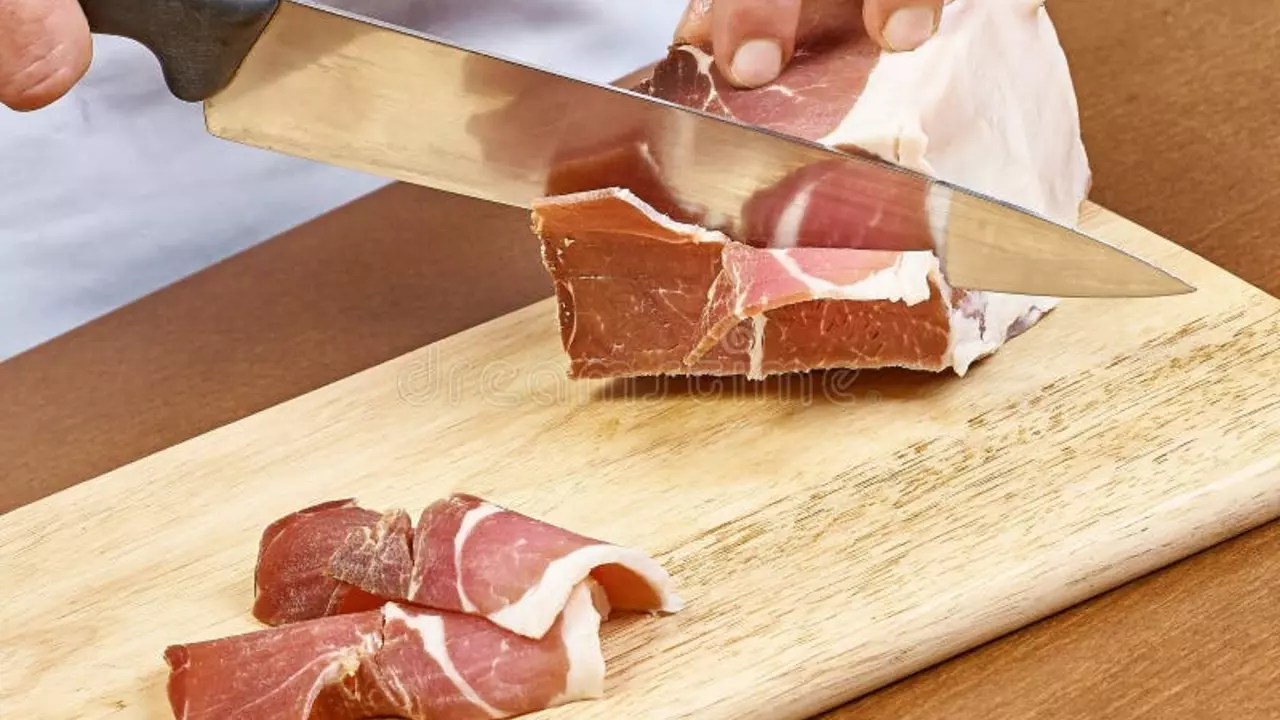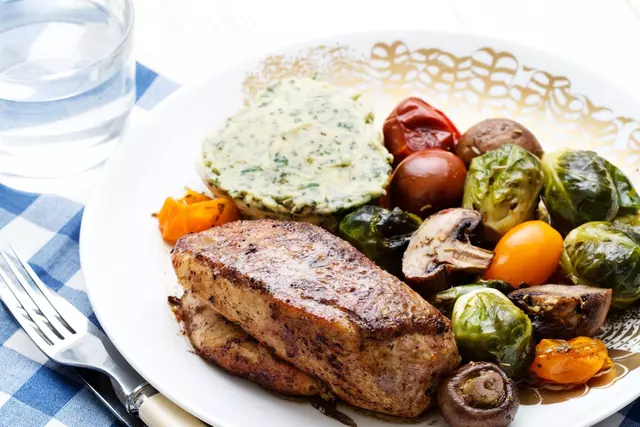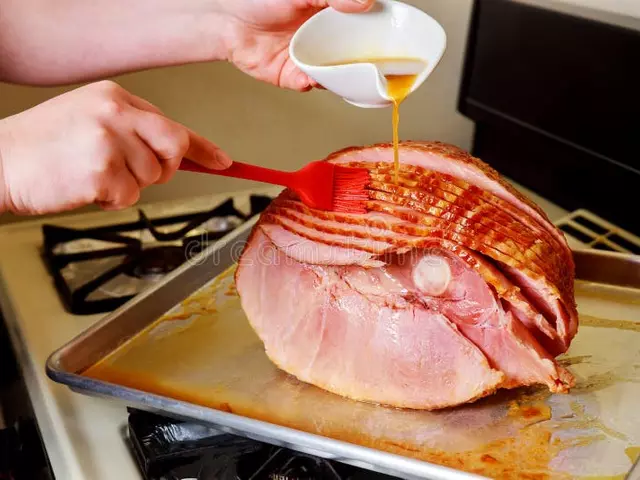Discover the World of Smithfield Ham
Have you ever savored the rich, savory, mouthwatering taste of a proper Smithfield ham? What makes it unique? How does it obtain that delectable, irresistible flavor? Let me take you on a gastronomical exploration. The world-renowned Virginia country hams, or commonly known as Smithfield hams, have a certain mystique and allure that is hard to resist. The production process is an art form that requires patience and skill.
Smithfield ham is named after the town of Smithfield, Virginia. This is not a genetic breed of pig but rather a method of curing and aging the meat. Dry-cured Smithfield hams are a culinary delight that has been enjoyed for centuries. Their deep, smoky flavor and firm texture are unrivaled. It's safe to say that once you've sunk your teeth into a slice of properly cooked Smithfield ham, you'll never look at other hams the same way.
The Art of Unwrapping and Prepping Your Smithfield Ham
First things first, don't be intimidated when your beautiful, crusty, and salt-encrusted package arrives. This is what true country ham looks like – it’s not your regular supermarket ham. Initially, it may leave you flabbergasted, brimming with questions: To scrub or not to scrub? To soak or not to soak? To cook whole or to trim? I've been there and took it as a challenge to master this heavenly piece of meat.
My maiden encounter with a Smithfield ham is still fresh in my mind. I was gifted this delicacy during a Christmas celebration. I was as excited as a kid opening a Christmas present. Indeed, unwrapping a Smithfield ham is just that - a festive celebration!
Savory Soaking: The Prelude to Cooking
Wondering why we soak a Smithfield ham? Here's an interesting fact: soaking the ham is crucial to the cooking process. It helps to remove the excess salt, and since Smithfield hams are dry-cured, they contain a substantial amount of salt. To ensure the perfect level of saltiness, I suggest soaking the ham for about 12–24 hours before cooking.
Now, this step isn't as simple as filling up your sink and throwing in your ham. Nope. You'd want to do it properly. Flipping the ham every few hours during the soaking process ensures that all parts get their fair share of hydration. No favoritism here – everyone gets equal love!
Carefully Calculated Cooking: The Star of the Show
After your ham has been properly soaked, we move onto the main event – cooking! This is where the magic happens. Cooking a Smithfield ham is an elaborate process, one that requires patience and precision. If cooked correctly, the flavors will jump out, and a symphony of succulence is sure to follow.
Smithfield hams do well with slow, low-heat cooking. As someone who has cooked plenty of them, I assure you that this is the way to go. A lower temperature ensures that the ham cooks evenly and that the flavors are carefully extracted. It may take a while, but believe me, it's worth the wait. Just pop it in the oven, and forget about it for a while. Come back later and voila! Your heavenly feast awaits!
Meticulous Carving: Labor of Love
After you have successfully cooked your ham, you might be impatient to dig in, but wait! There is one more crucial step - carving. The art of carving Smithfield ham requires practice and patience. Because of its density and texture, carving this ham is not like carving any other. With a well-sharpened knife and a bit of practice, you will be able to slice thin, delectable pieces with ease.
I remember my first time carving, I was desperately trying to get paper-thin pieces. The key is to hold the ham securely with a fork and position your knife at a 45-degree angle. It's all about the technique, and once you master it, you'll become the designated ham-carver at all the family dinners — every triumphant slice will bring you closer to the unveiling gastronomic goodness.
Responsible Storing, Endless Tasting
One of the things I learnt early on is that with a ham as large and flavorsome as Smithfield, chances of leftovers are high. But, no worries, this piece of goodness can last for quite a while if stored properly. A cool, dry, and well-ventilated area is the best for storing your Smithfield ham. Wrap the slices properly so they retain their flavor and aroma.
Smithfield ham is best savored slowly because you need to truly appreciate the layers and depth of flavors. So, take your time and keep coming back for more. Just remember to store it right, and this gastronomic delight will be with you for days to come. As they say, good things come to those who wait!
Dry-cured Smithfield ham is a special treat not to be rushed. With this detailed guide, I hope you too will be able to appreciate the painstakingly meticulous effort that goes into producing each ham, and in turn, enjoy the exceptional indulgence it offers. Happy cooking!
- Poplular Tags
- smithfield ham
- dry cured
- best cooking method
- ham preparation













Write a comment